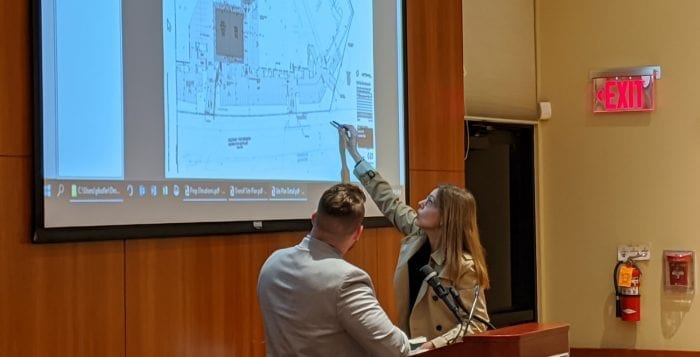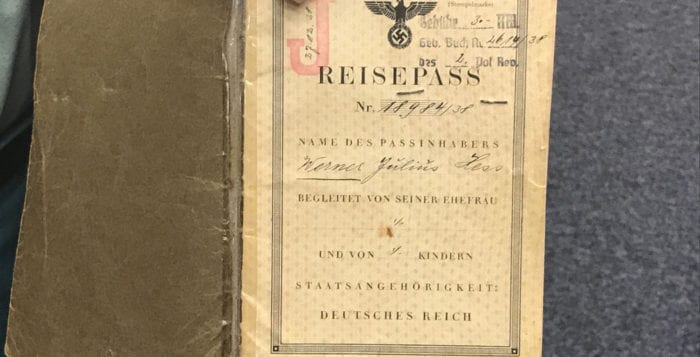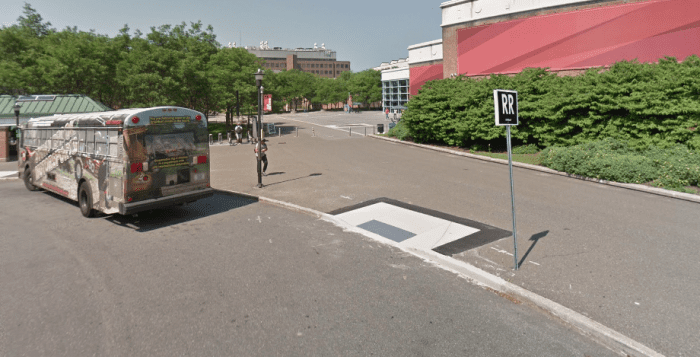Local and state officials, along with citizen advocates voiced a collective message to the Metropolitan Transportation Authority and New York City during a press conference at Ronkonkoma train station on March 2: “Stop shortchanging Long Island.”
The group called on the MTA to abandon its plan for a systemwide 4 percent fare increase in 2021 for Long Island Rail Road customers, including those in Nassau and Suffolk counties. The decision was a part of the NYC Outer Borough Rail Discount plan which offers an up to 20 percent discount for city riders.
“Everything is being pushed out to Long Island in terms of expenses and it won’t be long until you’re expected to buy them a coffee and a bagel as well.”
— Ed Smyth
“Long Island is not the cash cow for New York City,” said Ed Romaine (R), Brookhaven Town supervisor. “This is unconscionable, this is a handout to the city at the expense of Long Island.”
Romaine said a typical Ronkonkoma LIRR commuter who purchases a monthly parking pass, monthly train ticket and unlimited ride Metrocard would have to pay $7,224 annually.
“The MTA has not made the capital investments it should on Long island — what about our riders?” Romaine said.
The supervisor added that Long Island has already been shortchanged regarding electrification, as there is no electrification east of Huntington and none past the Ronkonkoma station.
The discounts were mandated by the state Legislature as a condition of its approval of congestion pricing legislation, which would create new tolls for drivers in Manhattan to help fund the authority’s $51.5 billion capital program. The plan will go into effect in May of this year.
Assemblyman Anthony Palumbo (R-New Suffolk) also took issue with the MTA’s decision.
“We had the congestion pricing vote, which I voted against it,” he said. “This is completely counterintuitive to the folks using the trains. Congestion pricing was meant to get individuals to start using public transportation and not use their vehicles.”
He added that the MTA has billions of dollars of subsidies from the state and federal government.
“This is a New York City problem — we should not bear the brunt of it,” he said. “Mayor [Bill] de Blasio [D] should pay for this — they are overwhelmingly serviced [by the MTA].”
The MTA board is made up of 21 stakeholders appointed by Gov. Andrew Cuomo (D), including people recommended by unions and municipalities such as the city and surrounding counties. Kevin Law represents Suffolk County, and was nominated by Suffolk County Executive Steve Bellone (D). The other Long Island representative, David Mack, represents Nassau.
Despite their differences, officials continued to agree with the planned change at a Feb. 26 board meeting, saying they expect the up to 20 percent discount to entice Queens and Brooklyn commuters to use the LIRR if they live far from a subway line.
MTA officials say this is a pilot program up to one year’s duration.
However, on Long Island, other local officials voiced their displeasures.
“This is unconscionable, this is a handout to the city at the expense of Long Island.”
— Ed Romaine
Ed Smyth (R), Huntington Town councilman, said commuters will essentially be paying for their ticket and for somebody in NYC.
“Everything is being pushed out to Long Island in terms of expenses and it won’t be long until you’re expected to buy them a coffee and a bagel as well,” he said.
Kevin LaValle (R-Selden), Brookhaven Town councilman, said the MTA plan would negatively affect the progress they’ve made to bring transit-oriented development to the area.
“On a town level, this is something we’ve been working on for years,” he said. “The Tritec [Ronkonkoma Hub] development is an example of that. It will make it easier for Long islanders to get into the city. With these fee increases it will make it harder for them to afford to live here and ride here.”
Palumbo added he will be writing a letter to Cuomo in the coming days and will ask Long Island representatives from both political parties to sign it. The assemblyman is hopeful the plan can be changed before the NYS budget deadline next month.
“Hopefully he can see it, and this can be fixed on April 1 — I’m just hoping that it doesn’t fall on deaf ears,” he said.





















